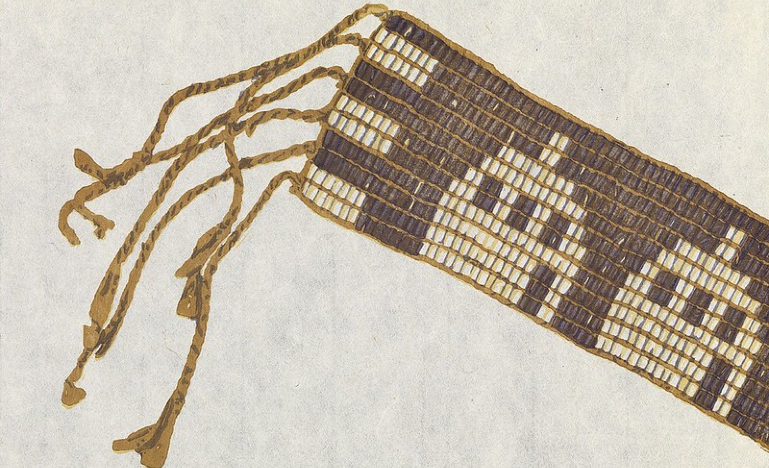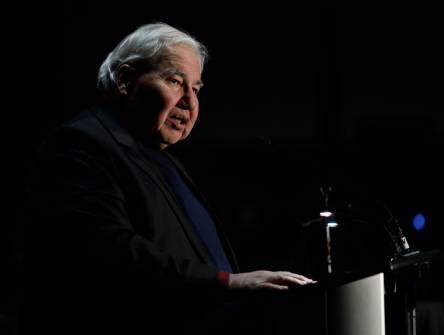Reconciling the contradictions in Aboriginal and Indigenous law
The Supreme Court must repudiate the Doctrine of Discovery and reconsider its jurisprudence in light of Canada's implementation of UNDRIP.

It's been seven years since the Truth and Reconciliation Commission released its Final Report and 94 Calls to Action. Several of them, namely Calls 25-52, directly deal with Canadian law and the legal system. Although Canada has reported on its progress, any meaningful headway will remain restricted until the Supreme Court of Canada aligns its jurisprudence on Indigenous peoples and Aboriginal rights under s. 35 of the Constitution Act, 1982, with the United Nations Declaration on the Rights of Indigenous Peoples and the philosophy underlying the TRC's Calls: Indigenous self-determination. The federal government also has work to do.
Let's begin with the latter, which has yet to enact a Royal Proclamation on Reconciliation or a Covenant of Reconciliation, as per calls to action 45 and 46, that would reaffirm the nation-to-nation relationship between Indigenous peoples and the Crown, adopt and implement the UNDRIP, and repudiate the doctrines of discovery and terra nullius.
______________
______________
Though government representatives have affirmed a nation-to-nation relationship in speeches, the language is notably absent from the federal Act implementing UNDRIP and similar legislation in British Columbia. Also, while the UNDRIP Act repudiates the doctrines of discovery and terra nullius in its preamble, it is only an interpretive aid. It is not binding on the courts' interpretation of the Act or in its broader significance to the jurisprudence on s. 35 of the Constitution Act, 1982. Meanwhile, courts have been reluctant to address the implications of repudiating the doctrines on the legitimacy of the Crown's assertion of sovereignty over Indigenous peoples and their territories. If the Crown does not have any underlying title to Indigenous territories, it must justify its title and exercise of legislative jurisdiction through treaty. This would reverse the onus of proof from Aboriginal peoples to the Crown to establish the legal basis for its interest in Indigenous territories.
Recognizing UNDRIP domestically may be important to the courts, which have so far refused to consider it binding in Canadian law. The federal and provincial laws both state that nothing is to "be construed as delaying the application" of UNDRIP, which suggests that it has the force of law federally and in British Columbia. If UNDRIP is part of the law in Canada, the Supreme Court will need to reconcile it with its jurisprudence on Aboriginal rights and title.
On other fronts, the federal government has broadly tried supporting Indigenous self-government, law and language revitalization initiatives. It has done so through funding for Indigenous Law and Justice Institutes at Lakehead University, the University of Ottawa and the University of Victoria. Other universities have received financial support, including the University of Alberta, Dalhousie University, and the University of Saskatchewan. As of 2021, the government has funded 21 projects, some directly in communities. It has also set aside funding for self-government initiatives through its Nation Rebuilding Program. However, not all Indigenous nations or organizations agree with the funding preconditions. The broader question of self-government in Canada, raised by the Royal Commission on Aboriginal Peoples in 1996, however, remains to be worked out in the context of Canada's Framework for the Implementation of Indigenous Rights.
The government has developed several principles relating to its relationship with Indigenous peoples, modern treaty making and for treaty negotiations in British Columbia. There's also a directive for its lawyers involved in negotiating claims with Indigenous Nations. For the most part, these principles and directives are consistent with the Supreme Court's direction to the government to negotiate and resolve disputes outside of the courts, as explained in its Clyde River ruling and its recent judgment on advance costs in Indigenous claims in Anderson v Alberta. The lower courts are also beginning to hold the Crown accountable in its litigation strategy.
The federal government is using legislation to recognize Aboriginal rights to self-government under s. 35, as demonstrated by its adoption of the Act Respecting First Nations, Metis and Inuit Children, Youth and Families. However, Quebec's opposition to the child welfare law suggests that not all provinces support the national recognition of rights without the direct involvement of the courts. Robert Hamilton, Kent McNeil, Kerry Wilkins, Paul Joffe, Naiomi Metallic and Kate Gunn have weighed in on this and the decision of the Quebec Court of Appeal, now being appealed to the Supreme Court. Several issues remain unclear. What effect would repealing the child welfare law have on First Nations exercising their self-government powers in that area? Is the Crown responsible for funding the exercise of these powers? Can First Nations that have surrendered their Aboriginal rights by way of historical or modern treaty exercise those self-government powers?
Canada must reconcile its framework, principles and directive with the restricted nature of the Supreme Court's jurisprudence on s. 35. Indeed, the court requires First Nations to prove aspects of self-government on a piece-by-piece basis, like filling an empty box, as suggested in Pamajewon. However, Canada's "relationship" principles affirm a full-box approach to self-government. The Supreme Court's Aboriginal rights framework is one of contingent rights that must be proven. Canada's principles recognize inherent rights. Despite the direction provided to Canada's counsel, their legal opinions will need to be based on the current state of the law.
Call to Action 51 also calls on the Department of Justice to publicize its legal opinions used in litigation with Indigenous peoples – a seemingly unusual request since legal opinions are typically protected by solicitor-client privilege. Still, the department already shares its broad legal interpretations on Charterpedia, a site that offers Canadian information about their Charter rights, as understood by the state. The public would benefit from a similar legal information site about Indigenous peoples' constitutional rights.
The primary justice calls to action (25 to 42) can be divided into categories. First, calls 25 and 26 relate to civil procedure, with the latter asking that governments not rely on statutory limitation periods to attack claims by Indigenous nations. But the federal government's new litigation directives are ambiguous, stating that the Crown should not rely on limitation periods unless there is a principled basis and evidence to support it. There's enough ambiguity in the jurisprudence and in the directives for counsel to continue to advance arguments based on statutory limitation periods or laches.
The philosophy underlying the calls is decolonial. Until the Supreme Court repudiates the Doctrine of Discovery and reconsiders its jurisprudence alongside UNDRIP, Canada's efforts to implement the entire spirit of the calls will be limited.


